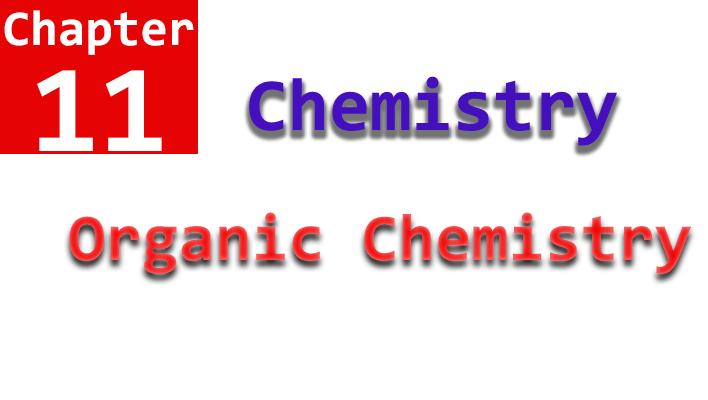Notes of 10th Chemistry Chapter No. 11 Organic Chemistry, All Long Questions, Short Questions and MCQ’s.
Long Questions of Chapter No. 11
Short Questions of Chapter No. 11
MCQ’s of Chapter No. 11
- 10th Class Pak Study Textbook
- 9th and 10th Class General Science Textbook
- Chapter No. 9 Notes 10th Chemistry
- Biology 10th Class Past Papers
- English Past Papers of 10th Class
Recognize structural, condensed, and molecular formulae of the straight-chain hydrocarbons up to ten carbon atoms (Understanding): This outcome focuses on students’ ability to understand and identify the different representations of hydrocarbon molecules, such as structural, condensed, and molecular formulas.
Identify some general characteristics of organic compounds (Remembering): Students are expected to recall and recognize the general properties and characteristics of organic compounds, such as carbon-based nature, covalent bonding, and diverse structures.
Explain the diversity and magnitude of organic compounds (Understanding): This outcome aims to deepen students’ understanding of the vastness and diversity of organic compounds, including the variety of functional groups and molecular structures.
List some sources of organic compounds (Applying): Students are expected to apply their knowledge by providing examples of natural sources from which organic compounds are derived, such as plants, animals, and fossil fuels.
List the uses of organic compounds (Remembering): This outcome focuses on students’ ability to recall and enumerate the various applications and uses of organic compounds in everyday life and industry.
Recognize and identify a molecule’s functional groups (Understanding): Students are expected to demonstrate their understanding of functional groups by identifying them in given organic molecules and comprehending their chemical behavior.
Convert alkanes into alkyl radicals (Applying): This outcome requires students to apply their knowledge of organic chemistry to perform specific chemical conversions, in this case, transforming alkanes into alkyl radicals.
Differentiate between alkanes and alkyl radicals (Analyzing): Students should be able to analyze and distinguish between the structures and properties of alkanes and alkyl radicals, understanding how the presence of a radical affects chemical reactivity.
Define functional group (Remembering): This outcome focuses on students’ ability to recall and provide a clear definition of what constitutes a functional group in organic chemistry.
Differentiate between organic compounds based on their functional groups (Analyzing): Students are expected to critically analyze and differentiate organic compounds by recognizing and understanding the distinctive functional groups present in each compound.
Classify organic compounds into straight-chain, branched-chain, and cyclic compounds (Understanding): This outcome requires students to understand the structural diversity of organic compounds and classify them based on their molecular arrangements into straight-chain, branched-chain, and cyclic compounds.
These specific learning outcomes provide a clear roadmap for both educators and students to gauge the progress and success of the learning process in the field of organic chemistry. They guide the curriculum design, instructional strategies, and assessment methods to ensure that students achieve the desired knowledge and skills in the subject matter.

